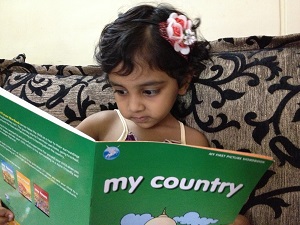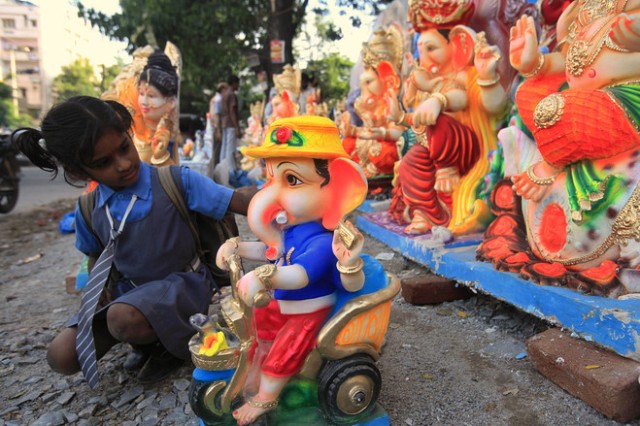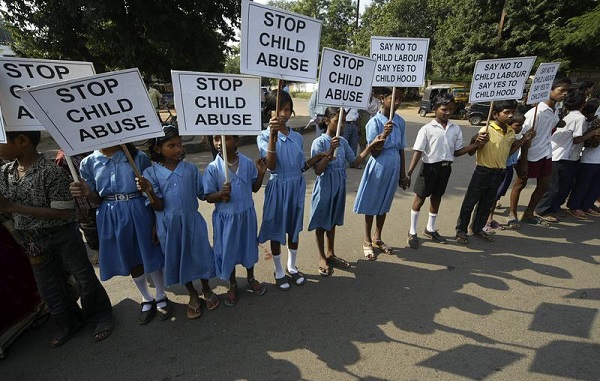What makes us think the ‘masses’ have no brains, and hence deserve ‘certain’ films? Since when did we become such snobs?
 by Dr Pooja Birwatkar
by Dr Pooja Birwatkar
The other day I went to watch a movie, and after a long time I thoroughly enjoyed the new SRK film Happy New Year. Later, as I read the reviews and comments about the film from friends on Facebook and Whatsapp, I received a slight jolt. The reviews trashed the film for being mindless, a total waste of time and okay for people who normally left their brains at home while watching movies. Others said the movie was for the ‘front benchers’, a ‘mass movie’ full of seeti bajao scenes.
In short, Happy New Year is a perfect concoction of all the masalas needed to trigger Indian sentiments – friendship, parental love, patriotism, revenge, hatred, and everything else you can think of.
These reviews and comments prompted me to think: Am I a ‘mass-class’ person? Then I wondered: Wait a minute, what’s so wrong about being the ‘masses’?
I think this Mass v/s Class debate started with people coming to live in the metros, abandoning for ever their lives in villages and small towns for jobs, better lives and more stability. Of course, only those who migrated know the price they have paid for it – nobody can deny that we are lead, or should I say endure, extremely chaotic lives in the cities. Our days are so cluttered and time-bound that we seek escape routes to transform ourselves from the machines we have become to the easygoing humans we would like to be. The intellectual work we do in our offices never offers our poor brains some respite from constant stress and thought, and we Mumbaikars have actually forgotten what it is to ‘Chill maar’.
As adults in a fast-paced, crazy times, we are not alone in losing the ability to focus on the big picture. But we are unable to look for ways to break out of our own shackles. And while most of us may  not have the chance to walk out of our jobs at this very moment, at least we can relax for one evening and watch a ‘brainless’ movie without having to explain ourselves?
not have the chance to walk out of our jobs at this very moment, at least we can relax for one evening and watch a ‘brainless’ movie without having to explain ourselves?
The message I got from Happy New Year was that there are losers who get at least one opportunity to become winners. Isn’t that what we all desire? For one, the film gave me intense sadistic pleasure to know that there are other losers in the world, too. Also, the three hours that I sat through the movie filled me with the hope that losers can achieve what they want, at least once in their lives.
Sure, these movies take us off to a fairytale land where everything’s possible – that, in itself, to detrimental to sane thinking in the real world. But I am sure a lot of us find these movies cathartic and therapeutic to a large extent. Once you step out of the theatre, the real world with all its problems comes back to pounce, but that three hours’ worth of alternate reality was a joy to experience, wasn’t it?
So everyone out there, like me, who once used to be a patron of classy, cerebral films – don’t feel guilty about enjoying masala movies, too. It is totally okay to like mushy romance, gravity-defying action stunts, item songs that make you whistle, intense scenes that make you cry, patriotic scenes that make your heart race. Is your real life filled with so many emotions?
The next time you go to watch a masala movie, go with an open mind. Laugh with everyone in the theatre because everyone, mass or class, is allowed to laugh at the same things. And like the movie said, ‘Keep it simple’. Trust me, life becomes more tolerable once you step out of the theatre.
Dr Pooja Birwatkar is currently pursuing post doctoral research and working in the area of science education. She has been associated with the field of education in the past as a teacher educator, and her area of interest is research in education.
(Pictures courtesy newsviewslive.com, in.reuters.com. Images used for representational purpose only.)












